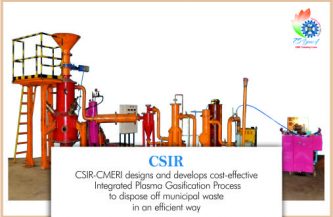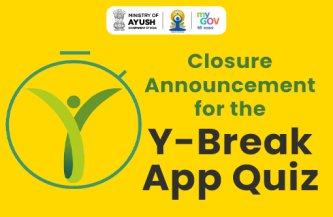IAS & Politics

The IAS work with people and politics is introduced because individuals, groups of people, and interest groups have different goals and different ideas on how to achieve them. America discovered this during the early 1950s. They found that decisions-making settings had multiple goals, there was no one public interest and selection of projects and sites, for example, was made on “political”, rather than “technical” grounds.
In India also this was also discovered immediately after Independence. Mangat Rai, ICS found that “from the first day of independence the administration was indeed in politics. Let us see what other ICS officers had to say – “in reality the political and practical considerations are often inseparable” and “politics, let there be no mistake, is the senior civil servant’s breath and staff of life, whether he perceives it or not in the tasks he performs”. Narrating his experiences of higher levels of administration to a group of trainee IAS officers in 1971, noted civil servant L. P. Singh said, “practically all government is politics – anything you do has political implication _ _ _ unless you keep on studying political behavior and problems relating to the political institutions functioning in the country and at least some other countries, I think, you can never make a first-rate civil servant _ _ _ many of the grievances of the civil servant about the functioning of our political system arise from too idealistic view of public affairs and in non-recognition of the fact that after all politics is concerned with power”.
In such a decision-making milieu the IAS have to necessarily engage with politics if they have to consistently deliver on goals. The conventional way decision-making by making a careful analysis of alternatives and selecting the option most likely to lead to goal achievement does not work in a political environment. However, this does not mean that we jettison it, but use the traditional way as a good starting point and along the way the combine the administrative response with political agendas. Smart administrators step away from the technical rigor and come to terms with political governance – working with political leaders, combining sound administrative practices and procedures with development agendas, introducing ideas strategically and delivering on goals. Of course governance systems, values and culture do vary in different states and within states, also.
Moreover, in a political environment, IAS officers have to go out and work hard to find support for their ideas because “no idea is good enough to succeed on the power of the idea alone”. Ideas have to be marketed and fit into ongoing development agendas and administrative responses, requiring a deep understanding of what political leaders and the citizens need. During championing ideas, relationships matter and relationships mean emotions. This is perhaps most important that is likely to lead to acceptance of new ideas by political stakeholders and citizens.
In this internet-era of citizen involvement, understanding and respecting the decisions of the “publics” and learning to use citizen engagement opportunities to achieve goals becomes important. Social media and internet have opened up possibilities of real citizen involvement and this involvement is different from the conventional understandings and tools used by administrators. Traditionally, citizen participation is accomplished once we make people feel good by consulting them and seemingly listening to their concerns, but not taking their views seriously or give them opportunities to act on their own behalf. However, real participation involves, “People who are organized and who become effective in rendering their environment relatively more malleable will begin to perceive themselves differently, as subjects not objects, as people who develop a vision of a better world and who can act coherently to achieve it”.
Finally, in a political decision-making environment, initiatives have to be developed and driven because things don’t get done on their own and flexibility in making choices during implementation leads to goal-achievement. This is particularly true of transformative changes where a virtuous cycle is triggered and constant monitoring and adaptation ensure that the virtuous cycle does not stop mid-way. Listening to others and acknowledging their ideas is one particularly good way of adapting along the way. Wide ownership for the action is built and this becomes the driver of implementation. Often, that will mean that others will be given credit for your work, but in the end the work will be well done.
Sameer Sharma,
Additional Secretary(Smart Cities),
Ministry of Urban Development
Disclaimer – All views are personal

















